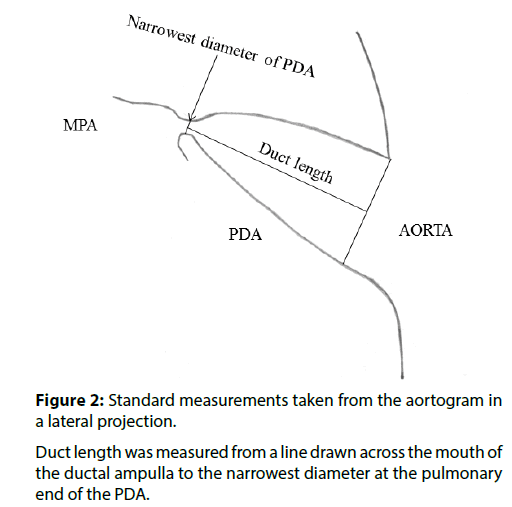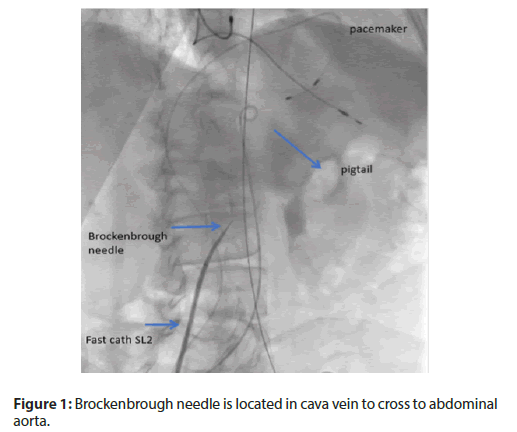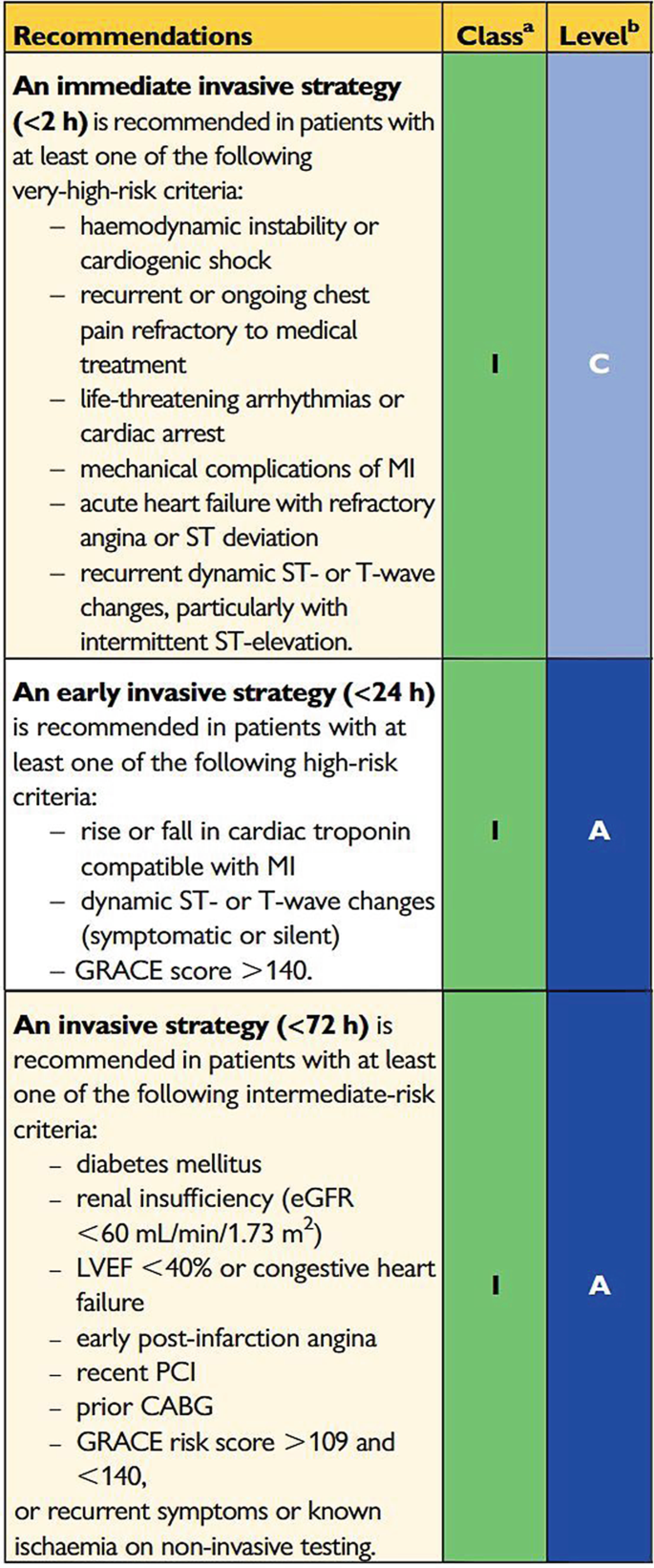
After the VSR was confirmed by left ventriculography ( Fig. 3 A), a Judkins right-4 catheter and 0.035-inch wire was used to cross the defect from the left ventricle to the right ventricle, and the wire was advanced into the pulmonary artery. Then, the wire was snared and exteriorized through the left subclavian vein. The stretch diameter of the defect was measured using a calibrated balloon ( Fig. 3 B), and was found to be 7.8 mm. According to the size of defect and geometric characteristics of the ventricular septal myocardium, ADO 12/10 was selected. A delivery sheath (AMPLATZER TorqVue Delivery System, Abbott, Abbott Park, IL, USA) was advanced from the left subclavian vein through the defect into the left ventricle using an arteriovenous wire loop. Then, the ADO was deployed after ensuring an adequate position using TEE and angiography ( Fig. 3 C), and the device was released successfully. TEE and left ventriculography showed that the device sandwiched the septum and covered the defect well


























